
We hear about blood pressure all the time - at doctor checkups, on health apps, even from family. But most of us don’t really pay attention until something feels off. The truth is, whether it’s too high (hypertension) or too low, your body starts dropping hints - and those are the blood pressure symptoms you don’t want to ignore.
This blog is your quick, no-stress guide to understanding it all: what counts as normal blood pressure, what the numbers really mean, and how to spot signs when your BP isn’t behaving. From dizziness and chest pain to monitoring it the right way, we’re keeping it simple, clear, and real.
Blood pressure is the pressure your blood puts on the walls of your arteries as it flows through your body. It’s a key indicator of how well your heart and blood vessels are working.
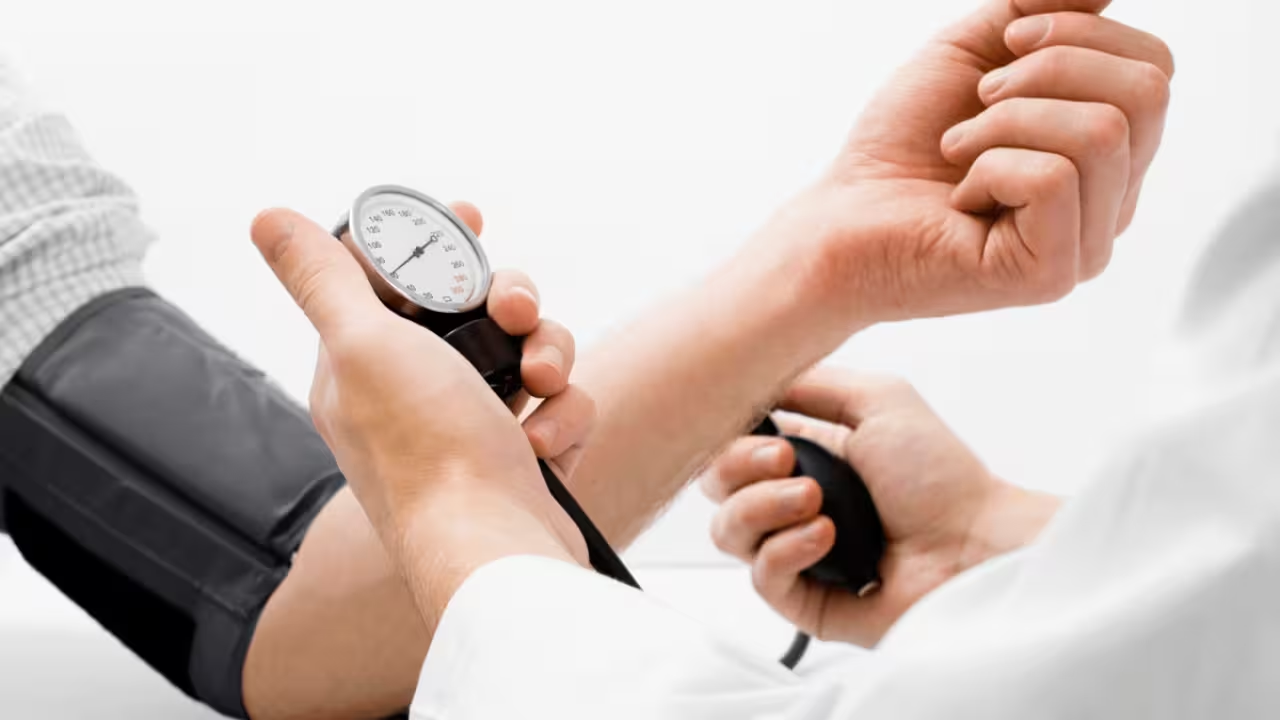
Every time your heart beats, it pumps blood - creating pressure. That’s why your blood pressure is measured in two parts:
Your blood pressure reading is written as systolic over diastolic, like 120/80 mmHg.
The normal blood pressure range (also called BP normal value) is:
Anything above this range could be a sign of hypertension (high BP), while anything consistently below it might mean hypotension (low BP). And both can affect how much oxygen and nutrients your organs receive.
That’s why blood pressure monitoring is so important - it helps catch problems early, even before symptoms show up.
Blood pressure is the force of blood pushing against your artery walls. But did you know there are actually three main types of blood pressure levels - and each tells a different story about your health?
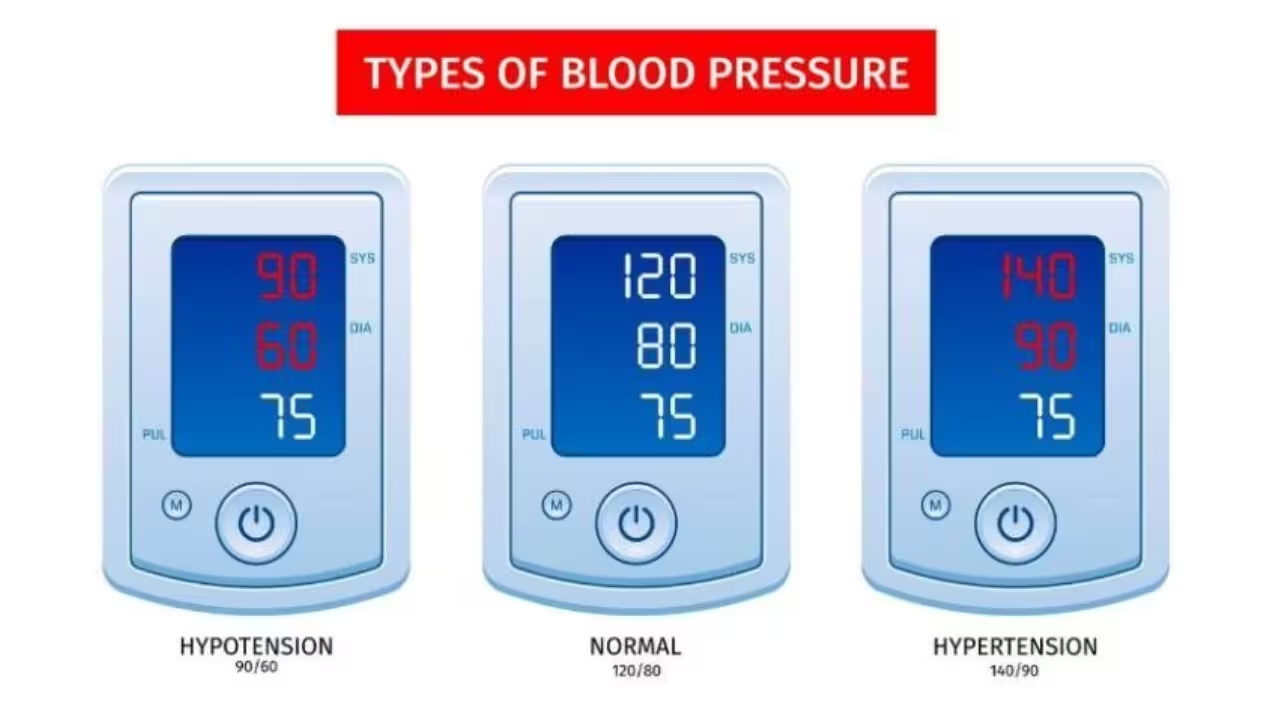
Let’s break them down in a way that makes sense
This is the normal blood pressure range, also called the BP normal value. If your readings mostly stay in this range, your heart and blood vessels are doing a great job. Your body gets the oxygen and nutrients it needs without stressing your arteries.
This is called hypertension, and it's more common than you’d think. It can quietly damage your heart, eyes, brain, and kidneys over time - even if you feel fine. Common causes of high BP include stress, poor diet, lack of exercise, genetics, and lifestyle factors.
There are two stages:
It’s important to catch this early because untreated hypertension increases the risk of heart attack, stroke, and kidney failure.
This is when your BP drops too low. It may seem less risky than high BP, but it can also cause serious symptoms like dizziness, blurred vision, weakness, fainting, and in extreme cases, shock.
Sometimes low BP is harmless (especially in athletes), but if you’re getting symptoms, it might mean your brain and organs aren’t getting enough blood.
The hypotension blood pressure range can vary slightly, but anything below 90/60 is considered too low - especially for people with symptoms.
Let’s get one thing straight - blood pressure issues don’t always shout; sometimes, they whisper. or stay completely silent until things get serious. That’s why knowing the symptoms of high and low blood pressure is actually a big deal - especially for students juggling stress, screen time, and caffeine.
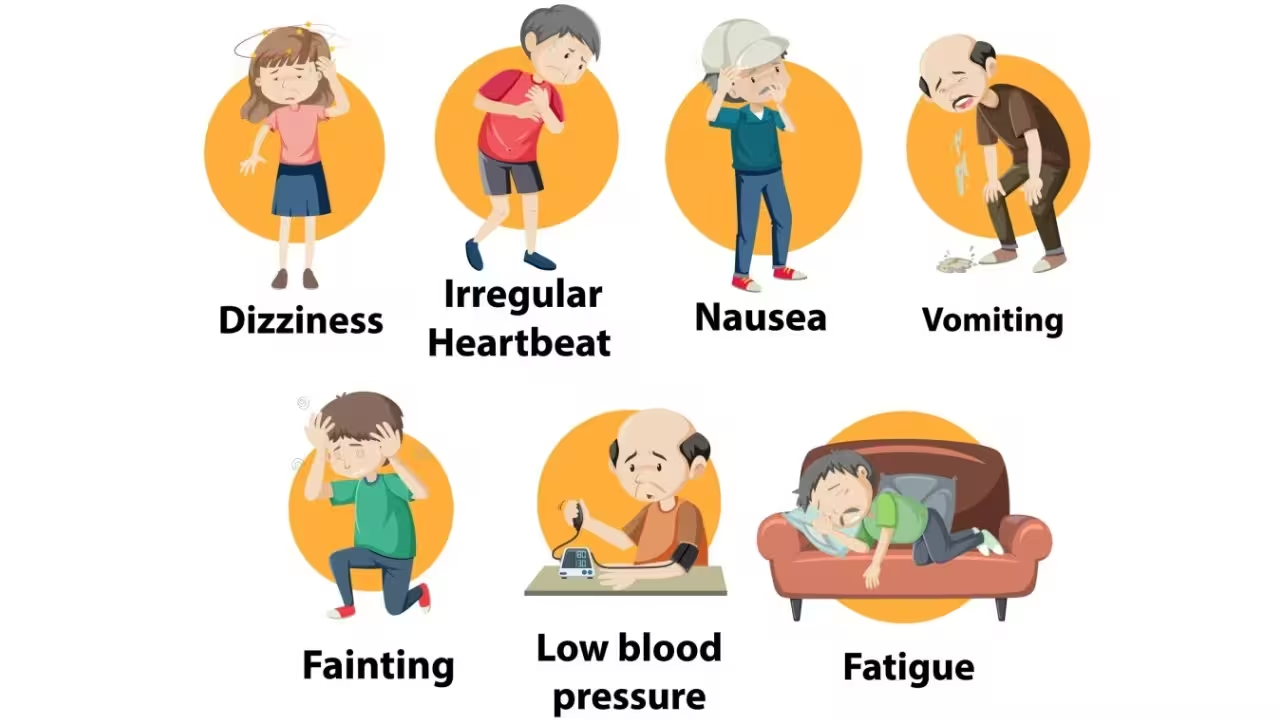
Most people call it the “silent killer” - and for good reason. You might not notice anything until the damage is already in motion. But when signs do show up, here’s what to watch for:
These symptoms aren’t always obvious, but they’re key indicators of hypertension blood pressure symptoms. If your readings are consistently 130/80 mmHg or more, it’s time to take it seriously. Knowing the reason for high blood pressure - like stress, too much salt, or family history - helps in catching it early.
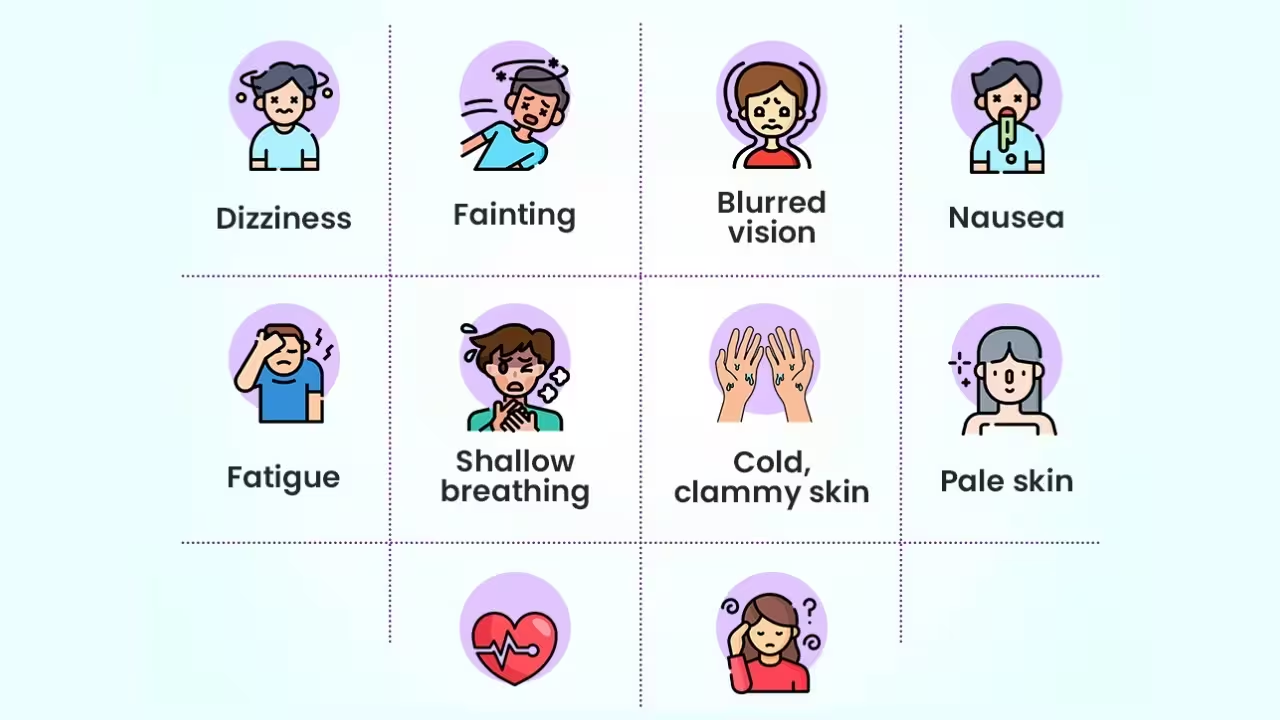
Low BP isn’t talked about as much, but trust us, it’s just as tricky. If your readings are below 90/60 mmHg, and you’re feeling off, these symptoms might be the clue:
These are classic blood pressure too low symptoms, and ignoring them can be risky. Wondering what causes blood pressure to drop? Think dehydration, skipping meals, certain meds, or heart issues.
If your BP is off - high or low - don’t panic. First, monitor it regularly using a home BP machine. Then, depending on your situation, figure out what to do when your blood pressure is high (like reducing salt, relaxing more, or talking to a doctor), or what to do when it’s low (maybe eat something salty, hydrate, or rest).
Staying alert to these signs isn’t just for adults - even teens and young adults can face BP issues today. So yeah, your body does drop hints. It’s just up to us to listen.
Blood pressure doesn’t just go off on its own - it’s usually reacting to something. Whether your numbers are too high or too low, there’s always a reason behind it. Let’s break down what causes those BP swings, in plain and simple student-talk.
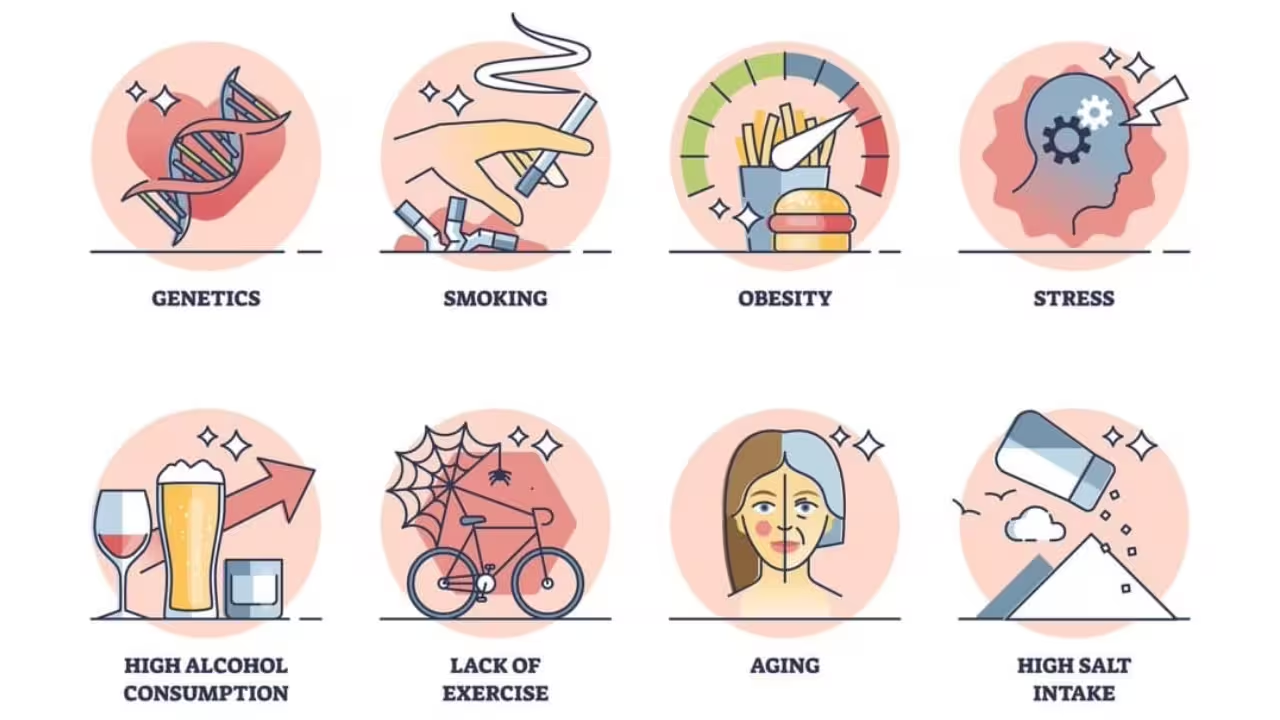
If your readings are consistently 130/80 mmHg or above, you're likely dealing with high blood pressure (hypertension). And no, it’s not just an “old people” problem — the reasons behind it are super common, even among students:
Knowing the main causes of high blood pressure is half the battle - once you know your triggers, managing it gets easier.
On the flip side, if your BP is regularly below 90/60 mmHg, it’s called low blood pressure (hypotension) - and it comes with its own set of causes:
Even being on your period or standing up too fast can cause a BP dip - so it's more common than you think.
blood pressure isn’t something you “just live with.” Whether it’s too high or too low, ignoring it can seriously mess with your body over time. And the worst part? You might not feel anything until it’s already causing damage.
Let’s break it down.

High BP is often called a “silent killer” for a reason. Even without symptoms, it puts intense pressure on your blood vessels and major organs every single day. Here's what can happen if you leave it unchecked:

People don’t talk about low BP enough - but chronic hypotension can be risky, especially if it drops too low too fast. What can go wrong?
Whether it’s high or low, ignoring blood pressure issues is like ignoring a warning light in your car - except it’s your body. It might feel like “no big deal” now, but the damage builds up silently.
That’s why keeping track of your BP and making small changes early on can literally save your life.
Whether your blood pressure is too high or too low, managing it isn’t as hard as it sounds - but it does need attention. The goal is simple: keep your numbers in a safe range so your body doesn’t have to work overtime. And for that, daily habits matter more than you think.

Sometimes, even after all the right habits, your BP may stay off. In that case:
Important: Always check with your doctor before taking anything. Don’t self-diagnose or experiment with meds.
Buy a simple digital BP monitor and check your readings at home - especially if your BP fluctuates. Keeping a record helps your doctor understand what’s happening and decide what works best for you.
